A city celebrated for its breathtaking natural landscapes and significant historical sites. Positioned strategically along the southern coast, Gwangyang-si offers a delightful mix of cultural heritage and scenic beauty. Known for its vibrant festivals and stunning viewpoints, this city is a perfect destination for travelers seeking tranquility and adventure.
Fascinating Facts About Gwangyang-si:- Gwangyang-si is home to one of the world’s largest steel plants, POSCO Gwangyang Works, contributing significantly to South Korea’s industrial prowess. The city is also famous for its annual Maehwa Festival, which attracts visitors from all over the country to admire the blooming plum blossoms. Gwangyang-si’s unique geographical location, bordered by mountains and rivers, makes it an ecological treasure.
Gwangyang Maehwa Village:- Nestled in the picturesque Seomjingang River basin, Gwangyang Maehwa Village is renowned for its stunning plum blossoms. Every spring, the village transforms into a sea of white and pink blossoms, creating a mesmerizing landscape. The Maehwa Festival held here is a major attraction, drawing crowds who come to enjoy the natural beauty, local delicacies, and cultural performances. Walking through the blossom-laden paths provides a serene and unforgettable experience.

Baegunsan Natural Recreational Forest:- For those who love nature, Baegunsan Natural Recreational Forest is a must-visit. This forest, located on Baegunsan Mountain, offers lush greenery, diverse flora, and well-maintained hiking trails. Visitors can explore various paths leading to scenic viewpoints, waterfalls, and quiet picnic spots. The forest is particularly popular in autumn when the foliage turns vibrant shades of red and gold, offering spectacular views and perfect photo opportunities.
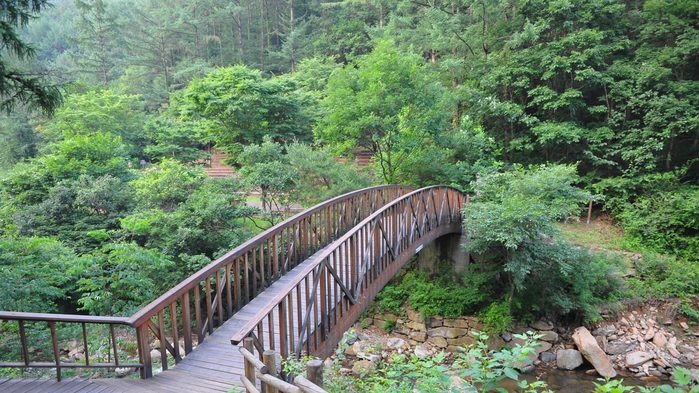
Yi Sun-sin Bridge in Gwangyang Bay:- The Yi Sun-sin Bridge is a remarkable feat of engineering and an iconic landmark in Gwangyang Bay. Named after the famous Korean naval commander, Admiral Yi Sun-sin, the bridge connects Gwangyang with the neighboring city of Yeosu. Spanning over 2 kilometers, it is one of the longest suspension bridges in the world. The bridge offers stunning views of the bay, especially at sunset, making it a popular spot for photography and sightseeing.

Mangdeok Port by the Seomjingang River:- Mangdeok Port, situated by the Seomjingang River, is a charming spot that combines historical significance with natural beauty. The port area is ideal for leisurely walks, with scenic river views and opportunities to observe local fishing activities. The surrounding area also features traditional Korean houses and cultural sites that provide insights into the local heritage. It’s a perfect place to relax and enjoy the tranquil river scenery.
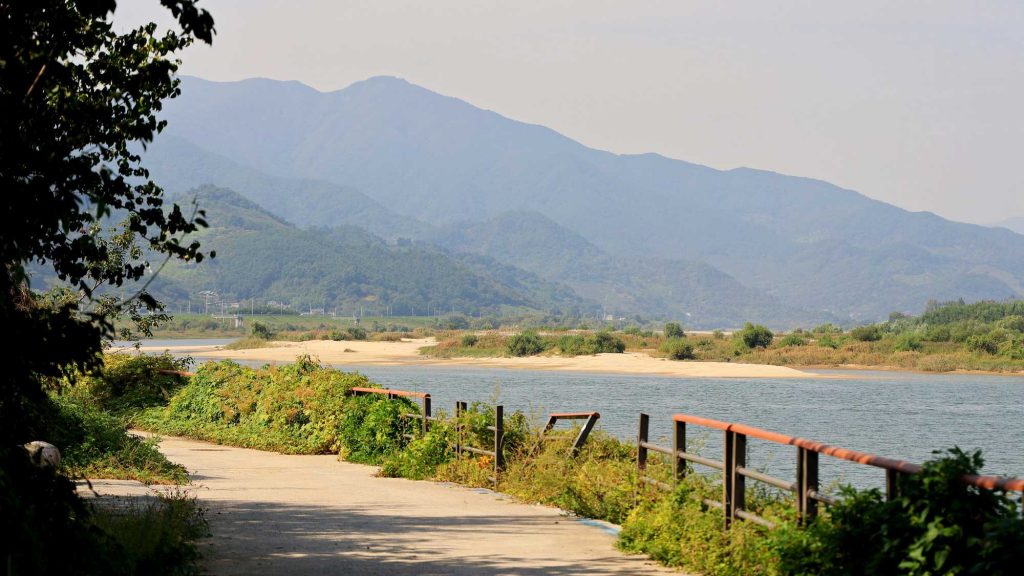
Oknyongsa Temple:- The Oknyongsa Temple Camellia Forest in Gwangyang is a natural monument known for its ancient camellia trees and historical significance. As plum blossoms bloom, the camellias of Historic Site No. 407 also come to life. Planted a millennium ago by Buddhist monk Ven. Doseon, the seven-hectare forest boasts over 10,000 century-old trees.
From February to April, the white camellias, known as choonbaek, are in full bloom. Their unique buds partially open, creating a distinctive charm. As the flowers fall, they carpet the forest floor. The forest is also home to the white-eye bird, whose songs and pollination add to the enchanting atmosphere.
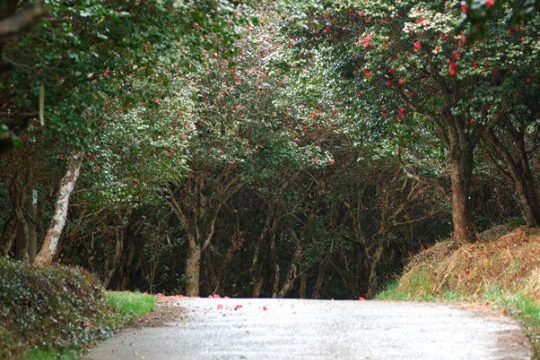
Gobongsan Observatory:- For panoramic views of Gwangyang-si and its surroundings, Gobongsan Observatory is the place to be. Located on Gobong Mountain, the observatory provides breathtaking views of the city, the bay, and the distant mountains. The observatory is accessible via a scenic drive or a moderate hike, making it a popular destination for both casual visitors and avid hikers. The sunsets viewed from here are especially spectacular, offering a perfect end to a day of exploration.

Gwangyang-si is a city that effortlessly blends natural beauty with cultural richness. From its stunning plum blossom villages and lush forests to its historical temples and modern engineering marvels, Gwangyang-si offers a diverse range of attractions that cater to all interests. The best time to visit Gwangyang-si is during the spring (March to May) and autumn (September to November) when the weather is pleasant, and the natural scenery is at its most vibrant.


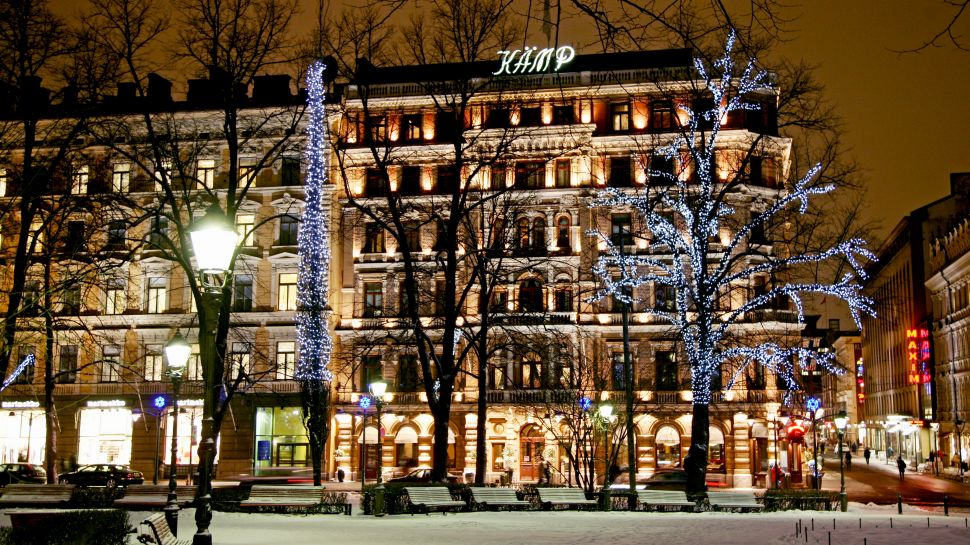
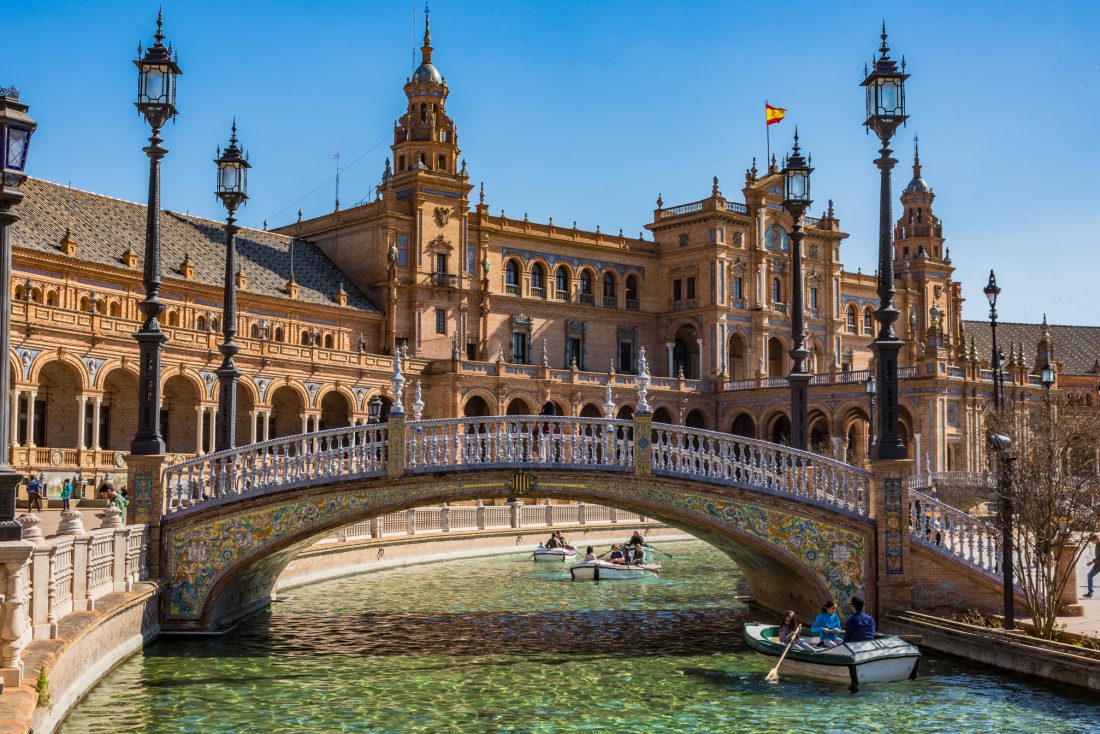
No Comments